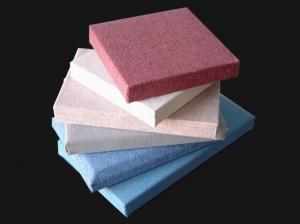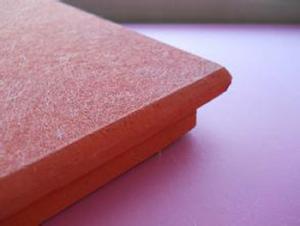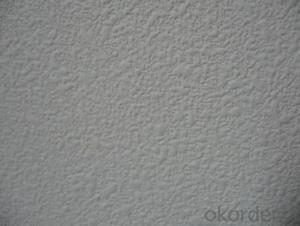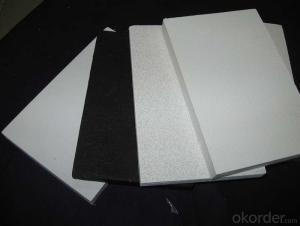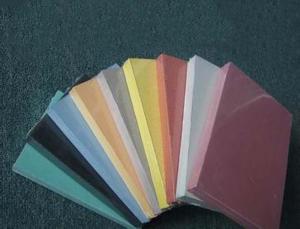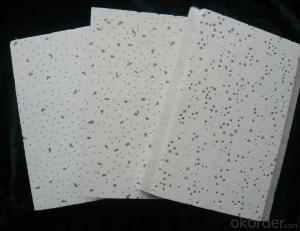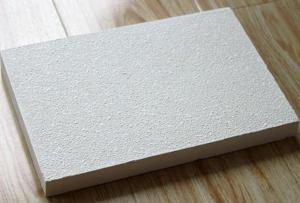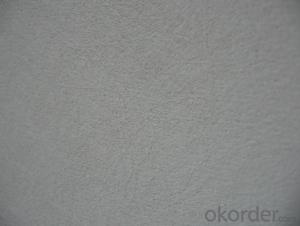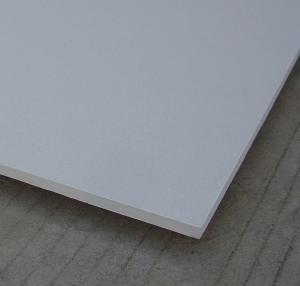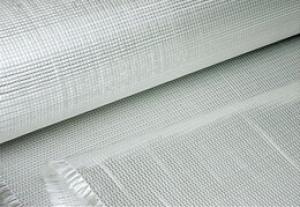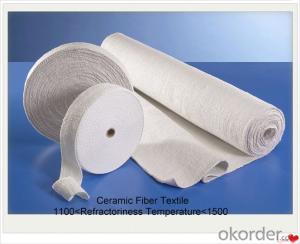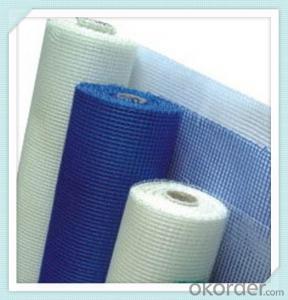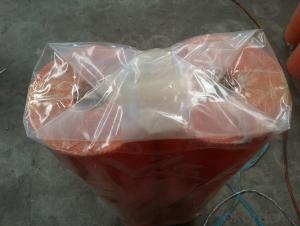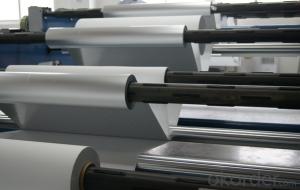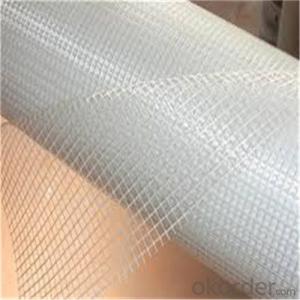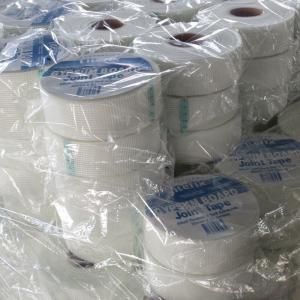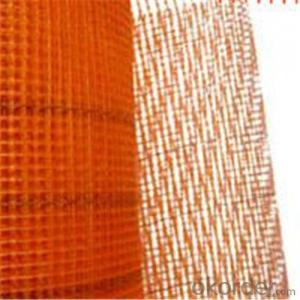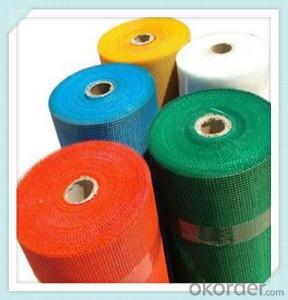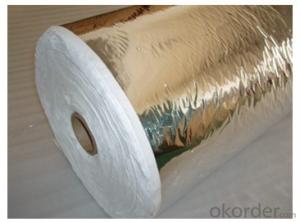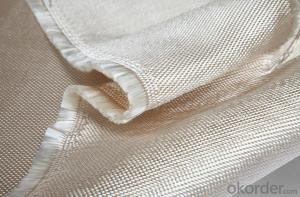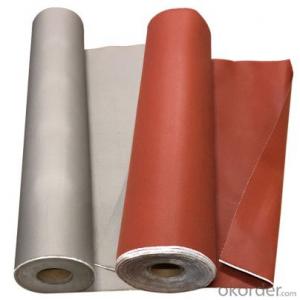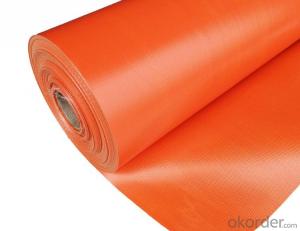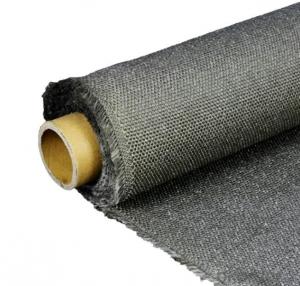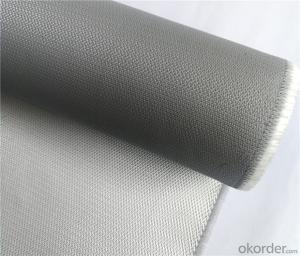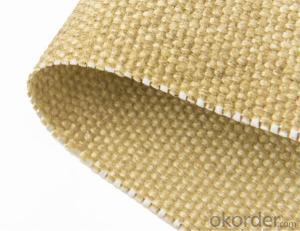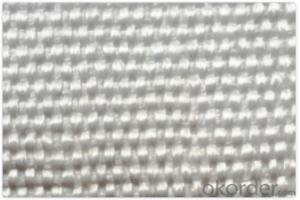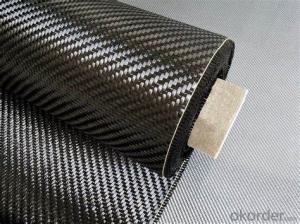Fiberglass Cloth Roll
Fiberglass Cloth Roll Related Searches
Led Light Bulbs For Ceiling Fixtures Decorative Ceiling Plate For Light Fixture Ceiling Plate For Hanging Light Fiberglass Sheets For Roofing Track Lights For Kitchen Ceiling Lights For Kitchen Ceiling Lights For Fall Ceiling Spotlight For Ceiling 5 Blade Ceiling Fan With Light 12X12 Ceiling Tiles With HolesHot Searches
Fiberglass Scaffolding For Sale Plastic Roof Tiles For Sale Fiberglass Panels For Sale Fiberglass Greenhouses For Sale Cost Of Concrete Tile Roof Roof Insulation Price Artificial Slate Roof Tiles Price Ceiling Fan Lowest Price Tesla Solar Roof Inverter Types Of Flat Roof Coverings Stone Wall Tiles Cost Company Office Design Ceramic Roof Tiles Cost Metal Roof Tiles Prices Cement Roof Tile Manufacturers Clay Roof Tile Manufacturers Synthetic Roof Tiles Cost Roof Clay Tiles Prices Interlocking Roof Tiles Prices 30 Year Roof Shingles PricesFiberglass Cloth Roll Supplier & Manufacturer from China
Okorder.com is a professional Fiberglass Cloth Roll supplier & manufacturer, offers integrated one-stop services including real-time quoting and online cargo tracking. We are funded by CNBM Group, a Fortune 500 enterprise and the largest Fiberglass Cloth Roll firm in China.Hot Products
FAQ
- Fiberglass fabric boasts exceptional performance in environments with high humidity. Its non-absorbent properties ensure it remains impervious to moisture and unaffected by water vapor in the air. As a result, even in high-humidity conditions, fiberglass fabric maintains its structural integrity, strength, and dimensional stability. Unlike certain materials that may warp, shrink, or become brittle in humid conditions, fiberglass fabric remains unaffected. Moreover, the non-porous nature of fiberglass fabric hinders the growth of mold, mildew, and other fungi that thrive in moist surroundings. This renders fiberglass fabric an excellent choice for various applications, including boat building, outdoor furniture, and construction projects in high-humidity areas. Overall, fiberglass fabric's resistance to moisture and its ability to withstand high-humidity environments establish it as a reliable and durable material in such conditions.
- Yes, fiberglass fabric is generally known for its high resistance to tears and punctures. This is because fiberglass is a strong and durable material that is made from fine fibers of glass. These fibers are tightly woven together to create a fabric that is highly resistant to tearing and puncturing. Additionally, fiberglass fabric is often treated with special coatings or finishes that further enhance its tear and puncture resistance. However, it is important to note that the exact level of tear and puncture resistance can vary depending on the specific construction and quality of the fiberglass fabric.
- Fiberglass fabric can be purchased from various sources such as online retailers, specialty stores, construction supply companies, and even some home improvement stores.
- Indeed, the utilization of fiberglass fabric is suitable for enhancing the reinforcement of plastic tanks. Renowned for its exceptional strength and durability, fiberglass fabric proves to be an optimal material for fortifying various structures, plastic tanks included. When it comes to the manufacturing process, this fabric can either be applied to the tank's surface or employed as a retrofit solution for preexisting tanks that require additional reinforcement. By integrating fiberglass fabric, the structural stability and ability to withstand external forces, such as pressure or impacts, are heightened, ensuring the tank remains resilient and maintains its shape over time. Notably, the corrosion resistance of fiberglass fabric is particularly advantageous for tanks storing corrosive substances. In conclusion, fiberglass fabric emerges as a reliable and cost-effective option for reinforcing plastic tanks.
- Generally, pests and insects do not find fiberglass fabric appealing due to its composition of woven glass fibers. Unlike materials such as cotton or wool, fiberglass fabric is not a source of food for pests. Additionally, its smooth and non-absorbent surface makes it difficult for insects to establish a habitat or lay eggs. However, it is important to acknowledge that while fiberglass fabric is resistant to pests and insects, it is not completely impervious. In rare instances, certain types of insects or pests may still be capable of causing damage to fiberglass fabric, particularly if it is already compromised or damaged. Overall, fiberglass fabric is a suitable choice for individuals seeking a material that is generally resistant to pests and insects.
- How to distinguish the good and bad of aluminum foil glass fiber cloth? What is the plain glass fiber cloth, glass fiber cloth and twill satin glass cloth?
- The quality of aluminum foil glass fiber cloth depends on the glass fiber is good or bad, is simply not the invasion effect is good, weaving is smooth, thickness is uniform.
- Fiberglass fabric is rigorously tested to ensure its quality and performance. Several methods are employed during the quality assurance process to assess the fabric's properties and suitability for various applications. One of the primary tests conducted on fiberglass fabric is the tensile strength test. This test measures the fabric's ability to resist forces that tend to pull it apart. Tensile testing machines apply controlled loads to the fabric until it breaks, allowing for the determination of its maximum tensile strength. This test is crucial in assessing the fabric's durability and suitability for applications that involve high stress or load-bearing requirements. Another important test is the tear strength test, which measures the fabric's resistance to tearing or propagating a tear. In this test, a sample of the fiberglass fabric is subjected to a constant force, gradually tearing it apart. The force required to tear the fabric provides insight into its toughness and ability to withstand tearing forces, which is especially important in applications where the fabric may encounter sharp objects or abrasive conditions. Fiberglass fabric is also tested for its dimensional stability. This involves subjecting the fabric to extreme temperature variations and measuring its ability to maintain its shape and size. This test ensures that the fabric can withstand environmental conditions without shrinking or expanding, which is particularly crucial for applications that involve temperature fluctuations. Additionally, fiberglass fabric undergoes tests to evaluate its resistance to chemicals, moisture, and UV radiation. Chemical resistance tests involve exposing the fabric to various chemicals and evaluating its reaction, ensuring its suitability for applications where it may come into contact with corrosive substances. Moisture resistance tests assess the fabric's ability to repel water and resist mold or mildew growth. UV resistance tests determine the fabric's ability to withstand prolonged exposure to sunlight without experiencing degradation or loss of mechanical properties. Furthermore, the flame resistance of fiberglass fabric is assessed through flame tests. These tests involve exposing the fabric to a controlled flame and measuring its ability to self-extinguish or resist burning. Flame-resistant fiberglass fabric is essential for applications where fire hazards are present, ensuring the safety of individuals and the protection of property. Overall, fiberglass fabric undergoes a comprehensive range of tests to ensure its quality and suitability for various applications. By evaluating properties such as tensile strength, tear strength, dimensional stability, chemical resistance, moisture resistance, UV resistance, and flame resistance, manufacturers can provide high-quality fiberglass fabric that meets the specific requirements of different industries and applications.
- Fiberglass fabric is known for its exceptional strength and durability, making it a popular material in various industries. There are different strengths available in fiberglass fabric, which are determined by the type of fibers used and the weaving pattern. One of the strengths of fiberglass fabric is its high tensile strength. Tensile strength refers to the ability of a material to withstand stretching or pulling forces without breaking. Fiberglass fabric with high tensile strength can withstand heavy loads and resist deformation, making it suitable for applications that require structural integrity. Another strength of fiberglass fabric is its excellent resistance to chemical corrosion. Fiberglass is inherently corrosion-resistant, which means it can withstand exposure to various chemicals without deteriorating. This makes fiberglass fabric an ideal choice for applications in industries such as chemical processing, oil and gas, and marine. Furthermore, fiberglass fabric exhibits high heat resistance. It can withstand high temperatures without losing its structural integrity or mechanical properties. This strength makes fiberglass fabric suitable for applications that involve exposure to extreme heat, such as insulation materials, fire-resistant barriers, and protective clothing. Additionally, fiberglass fabric offers good electrical insulation properties. It has a high dielectric strength, which means it can withstand high voltages without conducting electricity. This strength makes fiberglass fabric suitable for use in electrical and electronics industries, such as insulating components and circuit boards. Moreover, fiberglass fabric is known for its lightweight yet strong characteristics. Compared to other materials with similar strength properties, fiberglass fabric is relatively lightweight. This makes it a preferred choice in applications where weight reduction is crucial, such as aerospace and automotive industries. In conclusion, fiberglass fabric comes in various strengths to cater to different industrial needs. Its high tensile strength, resistance to chemical corrosion, heat resistance, electrical insulation properties, and lightweight nature make it a versatile material for a wide range of applications.
